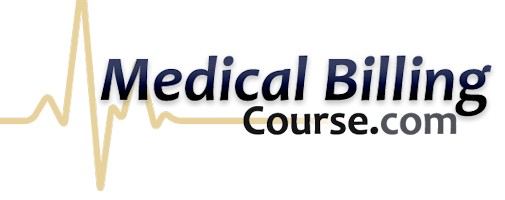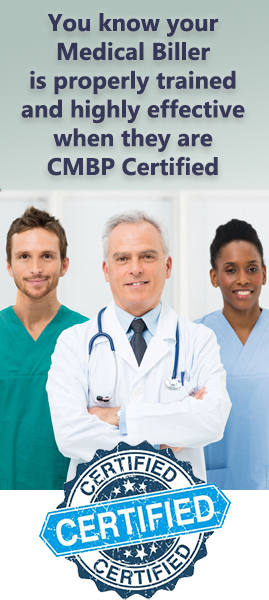Job Market Growth for Medical Billing Professionals
- 04/18/2022
- Posted by: Medical Billing Course
- Categories: Medical Billing Course, Medical Billing Jobs

Patients’ Information
At the very top of the CMS -1500 Form, you’ll see the patient’s personal data. This includes things like name, address, birth date, gender, and health insurance information.
Medical Information
It is in this area of the CMS -1500 Form that the patient’s medical information is recorded, including the date of illness or injury, as recorded by the physician. A number from ICD (International Statistical Classification of diseases) Diagnostic Book is used to describe the patient’s condition and diagnoses.
Expenditure Data for Services Provided
This portion of the CMS -1500 Form shows the services performed by the physician, as well as the associated costs. Use of CPT (Healthcare Common procedure coding Terminology) Diagnosis Book codes is used to describe the services performed. This is often done by a Medical Coder.
Cost-Benefit Analysis
Furthermore, it is the Medical Biller’s job to guarantee that the data is correct and also that the claim has been processed correctly. A claim is updated by a Medical Biller when a payment is received, be it from the patient or their insurance company. If any outstanding debts remain, they are either written off or modified, or they are pursued through collection efforts.
Medical Biller’s Salary and Job Growth
A Medical billing Specialist’s typical hourly compensation is $17 to $27, according to Payscale. A Medical Biller can expect to make an average of $38,911.00 a year, with a salary range of $31,933.00 to $46,401.00. Several factors influence the size of this range. The location of the Employee, as well as the training and certification he or she has received, play a role.

